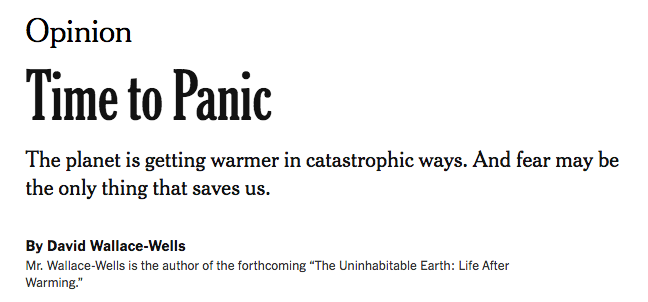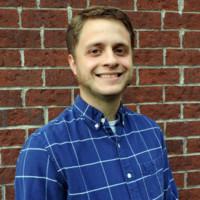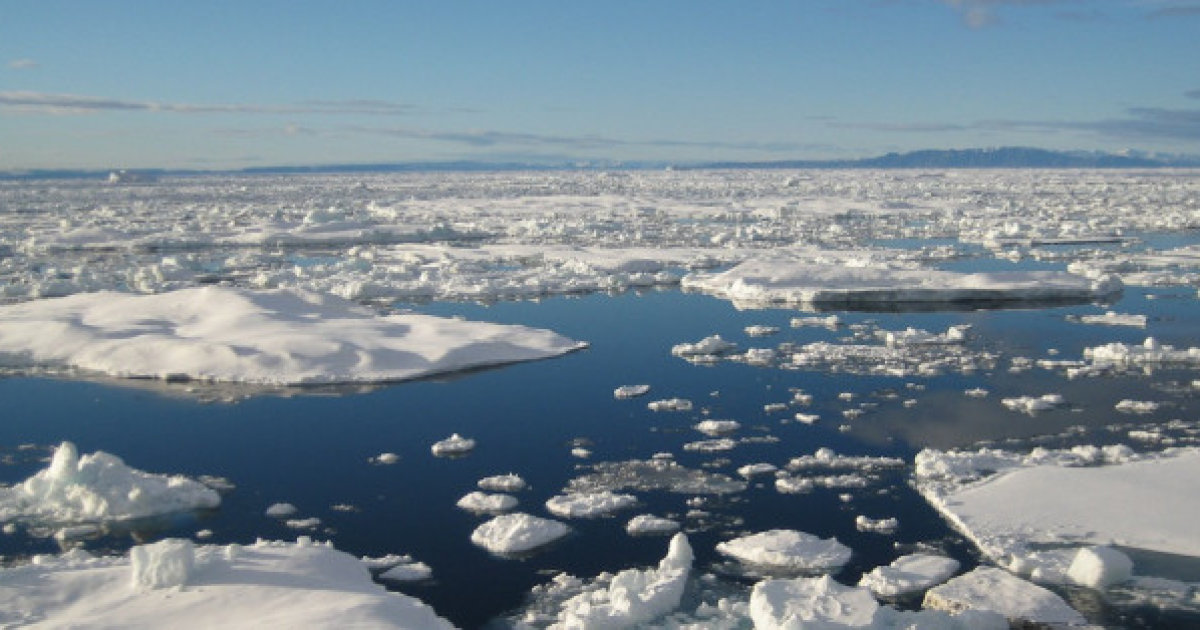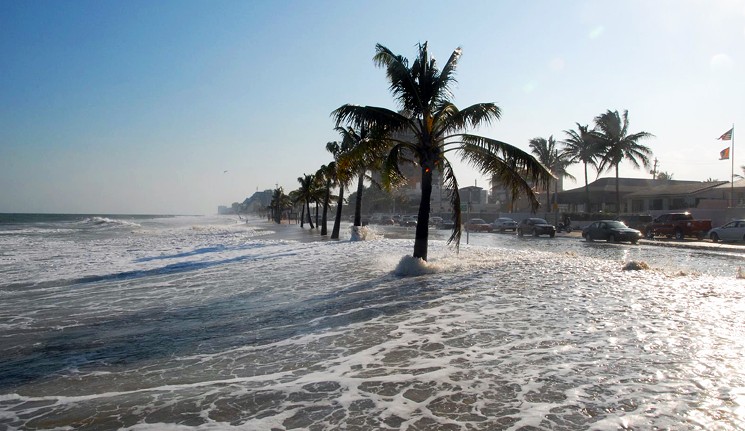College of Arts & Sciences Commencement Ceremony
For more information, visit: https://www.uky.edu/commencement/springceremonies
For more information, visit: https://www.uky.edu/commencement/springceremonies
By Rebecca Longo and Lindsey Piercy
The University of Kentucky community is celebrating Women’s History Month. Throughout March, UKNow will feature the women — past and present — on whose shoulders we stand and whose hard work has made our achievements possible. With a combination of fierce resolve and deep compassion, UK women have left indelible marks on our university. Join us as we highlight these #WomenOfUK.
By Amy Jones-Timoney, Kody Kiser, and Lindsey Piercy
The University of Kentucky community is celebrating Women’s History Month. Throughout March, UKNow will feature the women — past and present — on whose shoulders we stand and whose hard work has made our achievements possible. With a combination of fierce resolve and deep compassion, UK women have left indelible marks on our university. Join us as we highlight these #WomenOfUK.
As climate change and its many impacts unfold, many worse than we had forecasted or feared, many observers have indicated that Earth is entering a “new normal.” This is not wrong. However, with respect to our ability to understand, adapt to, and predict environmental change from here on out, it is probably more accurate to say there is no normal. The climate and environment that we will contend with will be unlike any our species—much less our infrastructures, institutions, and cultures—has ever encountered. I agree with those who say, sometimes circumspectly and sometimes directly, that it is time to panic. Not in the sense of panic as uncontrollable fear or anxiety that can cause wildly unthinking behavior, but in the sense of another definition: a frenzied hurry to do something. Scientists hate to be called alarmist, but when the house is on fire, you sound the alarm.

New York Times, February, 2019
By Hannah Edelen
 Charles Altendorf, a 2011 University of Kentucky alumnus, is using the skills he developed and honed as a geography student in the College of Arts & Sciences to help improve the mapping system at his current job with the Hardin County Water District No. 1. Working on a pilot project, Altendorf is attempting to convert the water district’s data analysis from traditional digital mapping to an open source method.
Charles Altendorf, a 2011 University of Kentucky alumnus, is using the skills he developed and honed as a geography student in the College of Arts & Sciences to help improve the mapping system at his current job with the Hardin County Water District No. 1. Working on a pilot project, Altendorf is attempting to convert the water district’s data analysis from traditional digital mapping to an open source method.
By Rebecca Longo
Stanley Brunn, professor emeritus in the Department of Geography at the University of Kentucky, has been named a fellow in the American Association of Geographers (AAG) 2019 class.
Every day, it seems, there is another news story or reports of yet more evidence that the global climate is changing, either as we have predicted for years—or worse and faster. The climate system is incredibly complex, and climatologists, climate modelers and paleoclimatologists are furiously working to reduce the uncertainty. Despite the uncertainties and complexities, at this point it is clear that:
•Global mean temperatures are rising.
•Ocean heat content is increasing.
•Sea ice cover is, on average, decreasing (both in areal extent and thickness).

Arctic sea ice cover is in serious long-term decline (photo: Huffpost Canada)
•Ice sheets and glaciers are shrinking.
•Permafrost is thawing.
•Sea level is rising.
•Changes in climate-sensitive biota, ecosystems, and landforms are all consistent with a warming climate.
•The major driving force is a dramatic increase in heat-trapping greenhouse gases such as carbon dioxide and methane.

On Wednesday, February 6, the Department of Geography held a Career Night, with four panelists:
34 students were in attendance. The event was organized by Emily Barrett, Matthew Wilson, and Reba Carroll and held at the Stuckert Career Center.